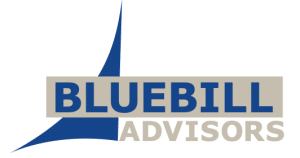Ontotext released 10.4 of GraphDB, their knowledge graph database engine. GraphDB 10.4 is now available on AWS Marketplace, adding to the flexibility of how enterprises can scale and maintain knowledge graph applications. The new AWS operational guide and improvements to backup support on AWS S3 storage increases the efficiency of deployment of GraphDB.
Other new 10.4 features include user-defined Access Control Lists (ACLs) for more granular control over the security of your data. Connectors to external services now include one for ChatGPT that lets you customize the answers returned by the OpenAI API with data from your own knowledge graphs. Building on this, the Talk to Your Graph LLM-backed chatbot lets you ask natural language questions about your own data.
Several new features make maintenance of running servers easier and more efficient. The improved Cluster Management View shows a wider range of information about the status of each running cluster, and upgrades to the Backup and Snapshot Compression tools reduce backup time and necessary disk space. GraphDB 10.4’s ability to control the transaction log size minimizes the chance of running out of disk space, and greater control over transaction IDs makes it easier to analyze transaction behavior and identify potential issues.

